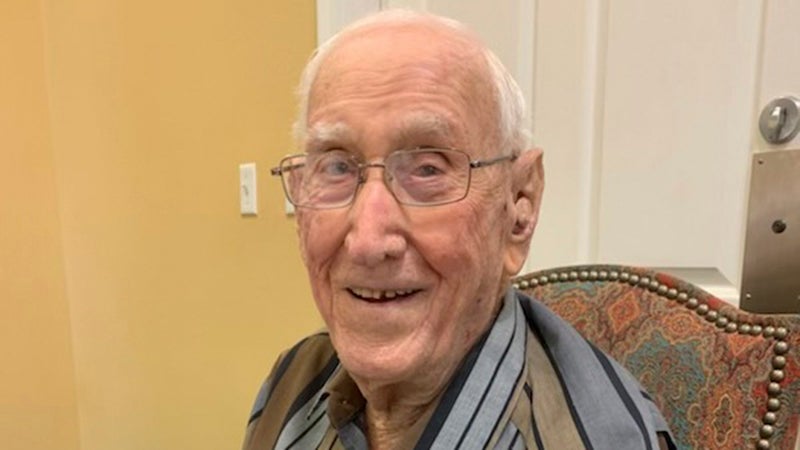

Tooltips would be especially useful, because even after a couple of dozen hours I occasionally find myself forgetting what certain upgrades do. There’s always something new to try.īomber Crew's user interface has a few weaknesses that make the job a little harder than it probably should be. If something goes wrong, you can try again with a different build or take on a different mission first.
#BOMBER CREW IGG HOW TO#
Most of the missions are fun, win or lose, and every action you take offers tangible feedback for how to improve or unlocks new upgrades. Still, it rarely feels unfair because there are so many options for different approaches. Fortunately, most of the missions balance the challenge well and at the very least I was always engaged with keeping my bomber in the air, so I was never bored. With Bomber Crew, once you're in the air over Europe you're likely to face constant flak fire and enemy fighters until it’s over, so if something goes wrong it can feel like there's rest and no way out. Games like FTL are great because even though a whole run ends if you die, individual encounters are much shorter, and some locations are completely peaceful. A crash means restarting, rebuilding your bomber, and replaying the first half of what can be a tough 20-minute mission, and doing that a few times in a row is frustrating.
#BOMBER CREW IGG TRIAL#
In hindsight it’s clear, but it takes some trial and error to figure out.īut because the missions take place in real-time and you can’t save mid-mission, failure can feel like a major setback. Maybe if I had sent the engineer to revive a downed crewman instead, that crewman could have fixed the hydraulics, allowing the turrets to defend the bomber and preventing the engineer from dying long enough to fix the engine, and keeping the plane aloft. Gravity then took its natural course, and my bomber crashed shortly after, leaving me to consider what I’d done wrong. I sent my engineer to repair the engines, but he fell to his death when the next attack blew a hole in the plane. In one mission, my hydraulic systems broke, which meant my turrets couldn't aim at enemies, who promptly took advantage of that fact and set fire to my engines. Higher-level missions are daunting because a single mistake can doom your crew. Victory is a matter of experimenting with combinations of upgrades or running easier alternative missions that can make the challenging ones easier. Slow, piston-engined fighters are eventually replaced by rocket-powered enemies that are much harder to hit and can chew up a poorly defended bomber in a matter of seconds. After the training missions the difficulty ramps up considerably, and some missions will seem impossible when you first try them. Bomber Crew won't go easy on you.You’ll need them, because Bomber Crew won’t go easy on you. Those frequent unlocks make every mission feel like a meaningful step forward. Those range from simple, passive things like leveling up engines for more speed or gunners for dealing more damage to more interesting stuff, like the ability to call in a squadron of Spitfires to back you up in a fight or giving your homing pigeon a tiny helmet, increasing its chances of survival after a crash. My proudest achievement was when I dropped a bomb directly onto a V-1 in mid-flight.īeyond the reward of self-satisfaction, completing missions unlocks a wide range of upgrades. Bomber Crew throws some optional objectives into the mix as well, most of which involving reconnaissance photos, but I’ve also shot down enemy aces and incoming V-1 guided bombs and V-2 missiles. The targets are a lot smaller from high altitude, too, but pulling it off is all the more satisfying.Īnd those are just the main objectives. Most bombs can be dropped at low altitude, but the Grand Slam’s detonation is so large requires you to bomb from much higher up – so high that the cold can freeze your crew and a poor oxygen supply can result in quick asphyxiation. The Grand Slam was the biggest non-nuclear bomb used in the 20th century.Another great mission type involves the Grand Slam, the biggest non-nuclear bomb used in the 20th century.

It’s a tricky shot because it requires perfect timing, dropping the bomb when two circles in the targeting reticule overlap, but there’s nothing as exciting as blowing open a dam with a well-placed hit.

One of my favorite mission types involves the Dam-Buster bomb, a weapon built during World War II that required bombers to fly dangerously close to the ground and skip bombs across the surface of a lake to hit their target. Marchington plane crash.Some of the best missions have special requirements for completion.


 0 kommentar(er)
0 kommentar(er)
